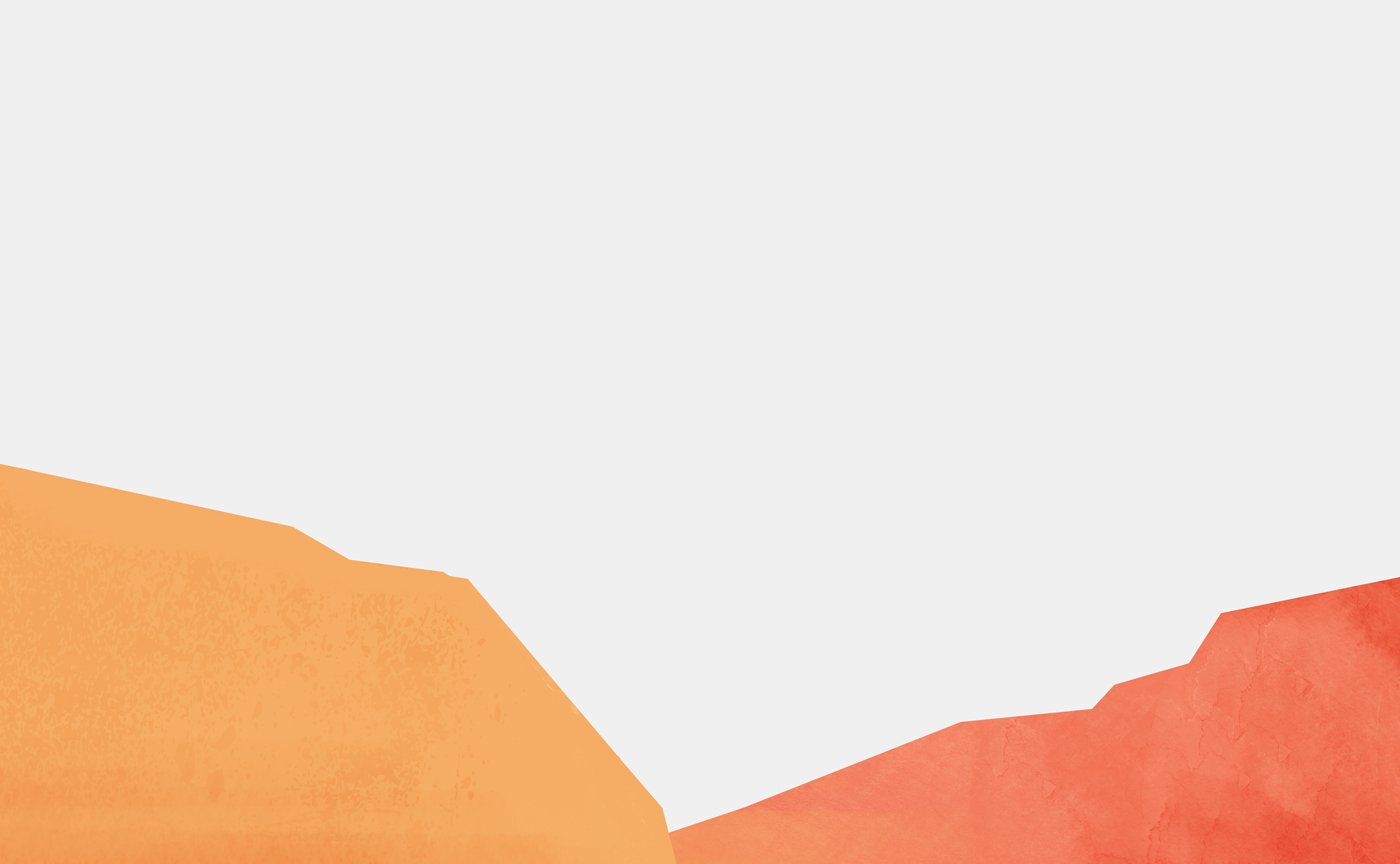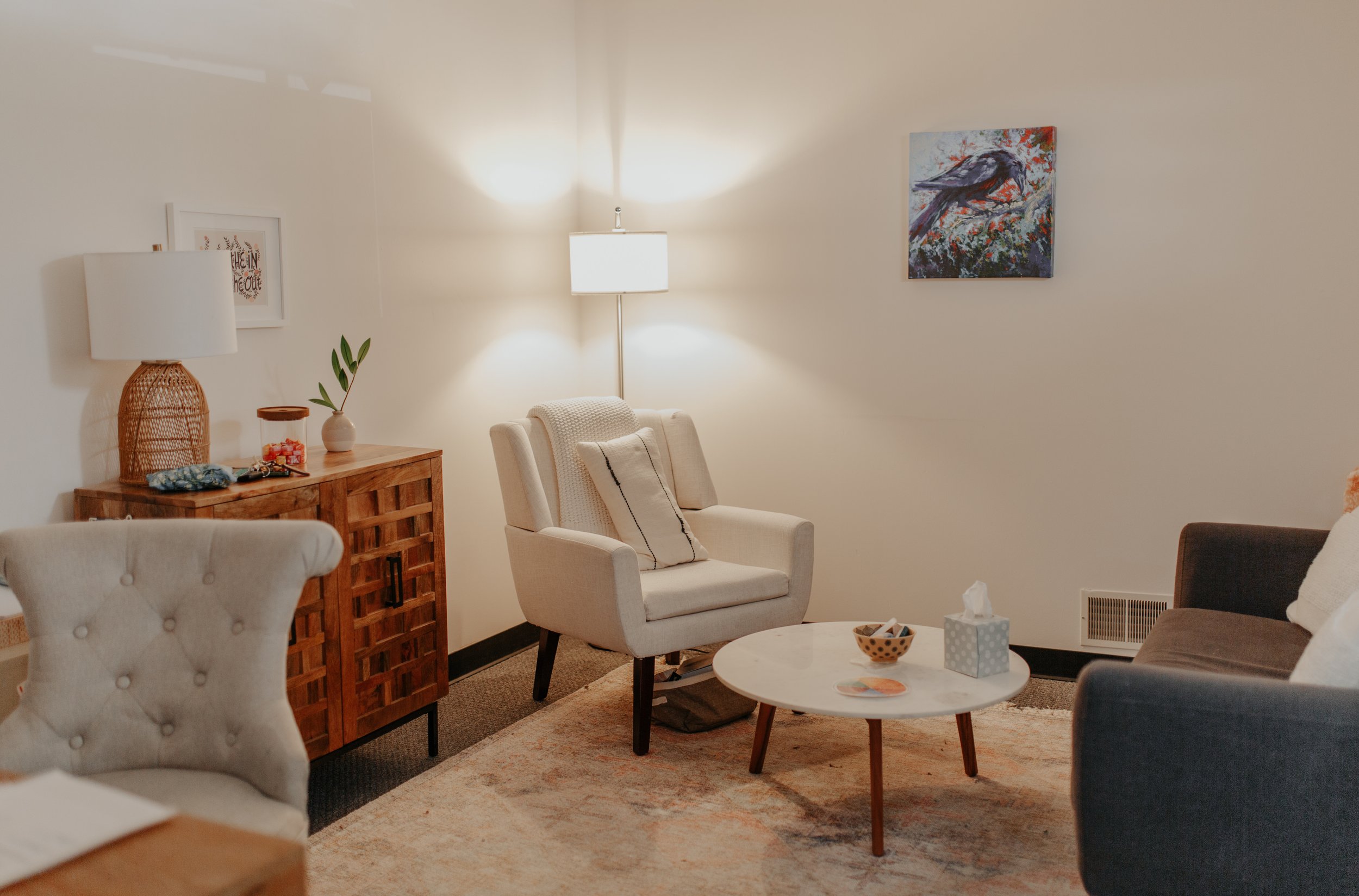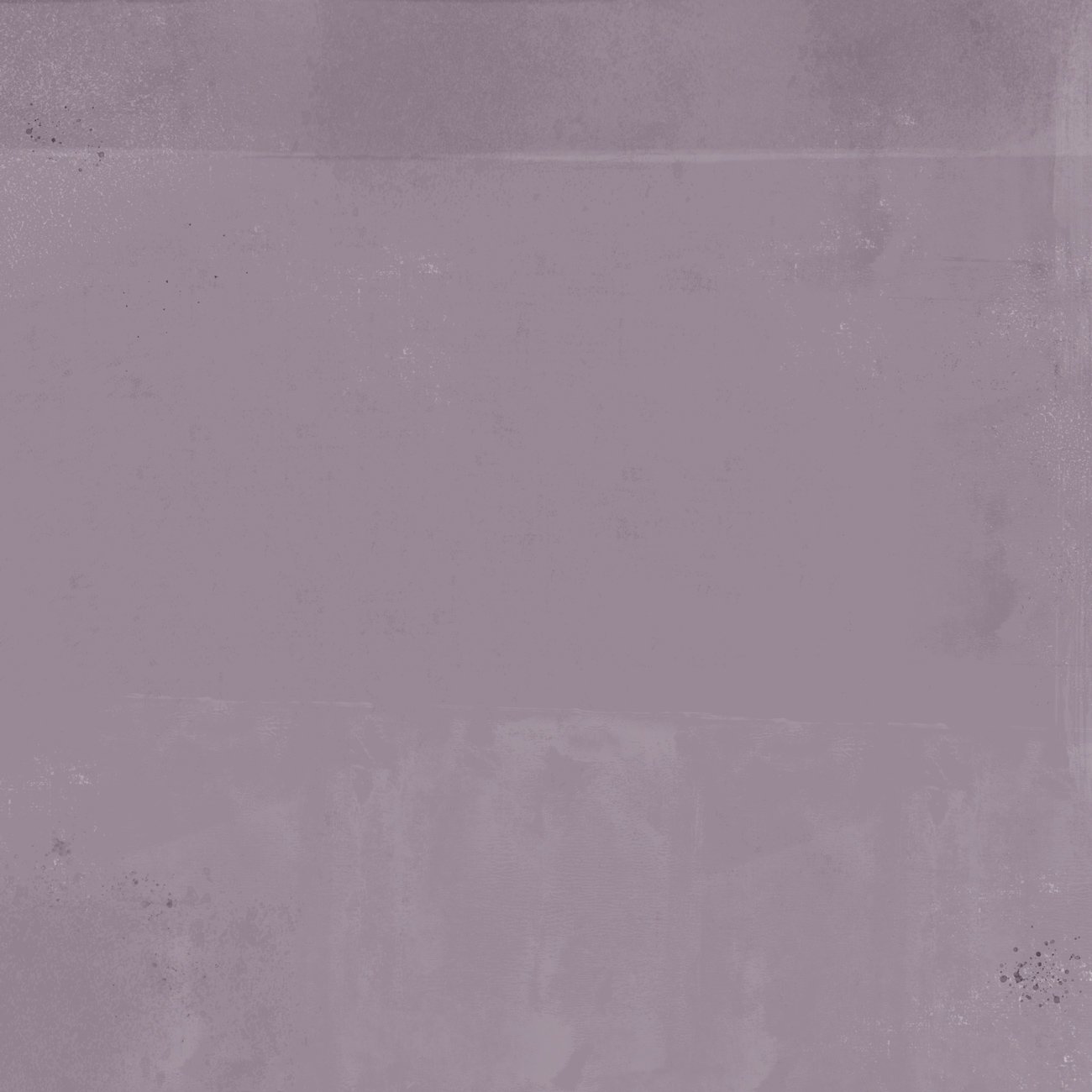
Art therapy
A deeper connection to the therapy process
Art Therapy is for those looking for a deeper connection to the therapy process and would like to practice coping skills and mindfulness in sessions. Art therapy does not require any formal art skills or talent to participate or reap benefits.
What is art therapy?
Art Therapy, facilitated by a professional art therapist, effectively supports personal and relational treatment goals, as well as community concerns. Art Therapy is used to improve cognitive and sensory-motor functions, foster self-esteem and self-awareness, cultivate emotional resilience, promote insight, enhance social skills, reduce and resolve conflicts and distress, and advance societal and ecological change. (AATA Art Therapy Definition)
Why Art Therapy?
Sometimes words cannot fully express what one is experiencing. Using art materials and creative processes as a form of communication can deepen ones understanding of the topics we are exploring in therapy. Art therapy fosters a non-judgmental environment to create a safe physical body space to genuinely reconnect with yourself. Art therapy promotes emotional expression and invites the experiences of mindfulness, acceptance, and relaxation while discussing the tough stuff in therapy.
What to expect in an Art Therapy session:
In art therapy sessions, you will begin with a typical psychosocial assessment, with additional questions regarding your art making history and preferences. You will participate in an art making directive provided by your art therapist tailored to what you are seeking support with. The art therapist will assist with material selection and talk with you through the creative process. When the art is complete, it will be used as a tool to further communicate the things you are working through.
For more information about Art Therapy visit:
https://arttherapy.org/about-art-therapy/
Video:
Art as Empowerment: The Virtue or Art Therapy
https://youtu.be/bPszGBfjuOY
My therapist makes me feel comfortable talking about my feelings and from our first appointment I felt like I was really able to open up to her. When I first started going to therapy I was scared to try new things, hesitant to talk about my feelings and in a bad space mentally overall. But as I see my therapy more, I’ve been able to handle my feelings, try new things, and just be happier overall. My therapist is very kind and understanding and has helped to make my life happier. I was very hesitant to go to therapy but my therapist made that worry go away and has made me feel excited to go to therapy instead of scared.


Ready to start?
At the beginning of treatment, it is recommended that you meet with your therapist weekly. Standard sessions are 55-minutes long.
The first session is an assessment and helps the therapist to better understand your needs. Following your assessment, a treatment plan will be developed based on the following information collected through a fun exploration of what's important to you, your hopes and dreams, identifying what you want to do more of, defining happiness and recognizing areas in your life that need some work.
“Art speaks where words are unable to explain.”
— Pam Holland



